The new Phoenix heat ordinance, Ordinance G-7241, aims to protect workers from extreme heat. This legislation mandates that “that any
Contractor, whose employees and contract workers perform work in an outdoor environment under a city contract, lease or license must utilize heat safety and mitigation plans to prevent heat-related illnesses and injuries in the workplace.”
Many contractors already have policies in place to help mitigate heat-related illness in employees. For those who have implemented such practices, this new law may not add much in the way of additional compliance. However, if your business does work under a Phoenix contract, lease or license then you’ll need to be sure you comply with the entirety of the ordinance.
Currently, no state law in Arizona addresses heat-related illness in the workplace. OSHA has published an advance notice of proposed regulations, but they are not binding as of yet. Any forthcoming state or federal law may preempt this Phoenix ordinance.
Key Requirements of Ordinance G-7241:
- Hydration: Provide sanitized cool drinking water at accessible locations.
- Breaks: Allow regular and necessary breaks for hydration.
- Shade and Cooling: Ensure access to shaded or air-conditioned areas.
- Vehicle Air Conditioning: Equip all enclosed vehicles with functional air conditioning by May 1, 2025.
- Acclimatization: Implement practices to help workers adapt to hot conditions.
- Training: Conduct comprehensive training on heat illness prevention and first aid.

Action Steps for Affected Businesses:
- Implement Break Schedules: Create a detailed heat safety plan outlining the measures you will take to comply with the ordinance. This plan should be accessible to all employees and available for city inspection upon request. Consider incentivizing employees to help identify needed improvements. The most effective safety plans are those that are supported and practiced by all levels of the management team, especially the C-level. To download a sample plan for use in your business, visit: https://www.lebaroncarroll.com/heat-illness-prevention-program-template/
- Ensure Hydration: Set up hydration stations with cool, sanitized water at multiple locations on the worksite. Regularly check and refill these stations to ensure an uninterrupted supply.
- Implement Break Schedules: Establish a schedule that includes mandatory breaks, especially during peak heat hours. Train supervisors to monitor workers for signs of heat stress and encourage frequent breaks.

- Provide Shaded Rest Areas: Erect shaded structures or use existing shaded areas for breaks. Enhance these areas with portable cooling units or fans if possible.
- Upgrade Vehicle Air Conditioning: Ensure all enclosed work vehicles are fitted with functional air conditioning systems. Schedule regular maintenance checks to keep these systems in optimal condition.
- Acclimatization Protocols: Gradually increase the workload for new or reassigned employees over one to two weeks to help them acclimate. Closely monitor their condition and adjust workloads as necessary.
- Conduct Comprehensive Training: Develop a training program covering the risks of heat illness, preventive measures, symptom recognition, and first aid procedures. Use various training methods to ensure all employees understand the information. Record and track participation.
Benefits of Compliance:
- Reduced Risk of Heat-Related Incidents: Implementing robust heat safety measures can significantly reduce the occurrence of heat-related illnesses and injuries among your workforce, ensuring a safer work environment.
- Enhanced Employee Well-Being: Focusing on employee health and safety fosters a positive work environment, boosting morale and productivity. Employees are more likely to perform well when they feel their employer is invested in their well-being.
- Legal and Financial Protection: Proactively addressing potential heat-related illness issues helps you avoid fines, legal issues, and workers’ compensation claims related to heat stress. This proactive approach can save your business substantial costs in the long run.
- Reputation and Trust: Demonstrating a commitment to worker safety enhances your reputation among clients, employees, and the community. It positions your business as a responsible and caring employer.
The Wrap Up:
The implementation of Phoenix’s Ordinance G-7241 is intended to help ensure the safety and well-being of workers in extreme heat conditions. As a business owner, proactively addressing these issues will protect your business from unwanted fines and also demonstrate your dedication to protecting your employees. By developing a comprehensive heat safety plan, providing necessary resources, and fostering a culture of safety, you can mitigate the risks of heat-related illnesses and injuries in your workplace.
